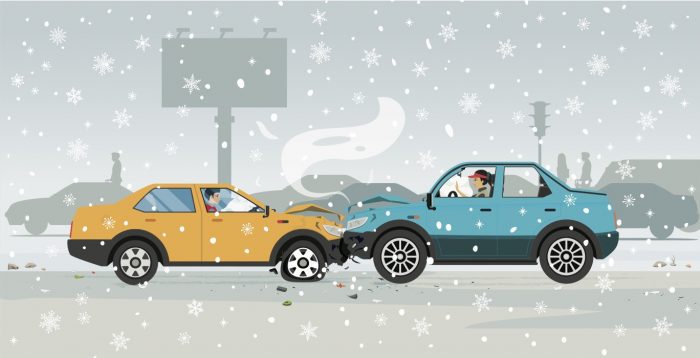By Shannon L. Malone, Esq.

While it is mandatory in New York State for all motor vehicle owners to have liability insurance to cover damages from automobile accidents, a surprising number of owners do not have such coverage. This is in spite of the fact that it is a violation of the New York Vehicle and Traffic Law to drive any motor vehicle in our state without insurance.
So what can you do when you suffer serious injuries as a result of an automobile accident caused by an uninsured motorist? The first thing to do is protect yourself before the accident even happens by including adequate Uninsured Motorist (UM) coverage in your own automobile insurance policy. How does this help? When it is determined that the motorist who caused your accident has no insurance, you may make a claim with your own insurance company under the UM coverage provision in your own insurance policy. This coverage is also mandatory in New York State.
To be clear, UM coverage protects you if the driver who caused the accident and resultant injuries is uninsured. Like SUM coverage (Supplemental Uninsured Motorist), you have the option of purchasing almost any amount of coverage you desire to be included in your insurance policy.
While the minimum required UM coverage in New York State is $25,000.00 (the same minimum coverage required for both SUM and liability coverage), this amount may be totally insufficient to compensate you for any serious injuries you sustain. Thus, purchasing as much UM (and SUM) coverage as feasible is very important. Interestingly, the cost of such insurance protection is relatively modest.
However, in this atmosphere when insurance companies are advertising lower rates than any rival can offer, it is important for you to make sure your agent or insurance company adequately protects you.
How does it work?
Let’s look at an example of how and why this coverage works and can protect you. Assume you are badly injured in an automobile accident caused by an uninsured owner/driver. This injury may result in a severe condition or even partial or permanent disability. If you have only $25,000.00 in UM insurance, that is all you can recover from insurance for your injuries. It follows that if you have $50,000.00, $100,000.00 or whatever amount in coverage, that it is the total amount you can recover from insurance.
While you do have the right to obtain a judgment after trial against the actual owner and/or driver of the uninsured vehicle, that could take years and the uninsured driver and/or owner is usually judgment proof (or they would have made sure they obtained liability insurance).
Thus, just as in SUM coverage which protects against underinsured vehicles, the higher the amount of uninsured motorist coverage you have under your own automobile insurance policy, the more protected you are if injured by an uninsured vehicle. We have seen too many clients who were seriously injured by an uninsured driver, but were unable to be fully compensated for those injuries due to insufficient UM coverage. It is therefore very important to discuss the amount of such insurance you have with your broker or insurance carrier.
Shannon L. Malone, Esq. is an Associate Attorney at Glynn Mercep Purcell and Morrison LLP in Setauket. She graduated from Touro Law, where she wrote and served as an editor of the Touro Law Review. Ms. Malone is a proud Stony Brook University alumna.







